#estonian history
Text
[MASTERLIST] Estonia and [country] official 100 year diplomatic timelines + extra online sources
For personal use and for anyone else who may wish to find these resources, will work to add translated notes in the future! Feel free to ask if you want me to try and look for any for a country I missed as well.
Always more to be added, SENDING NEW SOURCES IS ENCOURAGED!
Latvia
---
Lithuania
---
Denmark
Diplomatic relations 100 ESTONIAN
Dannebrog 800: The Story of Denmark and Estonia PDF (english)
Sweden
Diplomatic relations 100 ESTONIAN/SWEDISH
Norway
Diplomatic relations 100 ESTONIAN/NORWEGIAN
Finland
Diplomatic relations 100 ESTONIAN/FINNISH
Poland
Diplomatic Relations 100 ESTONIAN
Diplomatic Relations 100 POLISH
UK
Diplomatic relations 100 ESTONIAN
100 Years of Diplomatic Relations PDF
Ireland
Diplomatic relations 30 ESTONIAN
Diplomatic relations 30 ENGLISH
Japan
Diplomatic relations 100 ESTONIAN
Diplomatic Relations 100 JAPANESE
Scotland
Burns night in Estonia: Cultural Ties Article
Netherlands
Diplomatic Relations 100 ESTONIAN
Diplomatic relations 100 DUTCH
Belgium
Diplomatic Relations 100 ESTONIAN
Germany
Diplomatic Relations 100 ESTONIAN
Diplomatic Relations 100 GERMAN
United States of America
Diplomatic Relations 100 ESTONIAN
Diplomatic Relations 100 ENGLISH
France
Diplomatic Relations 100 ESTONIAN
Diplomatic Relations 100 FRENCH
Italy
Diplomatic Relations 100 ESTONIAN
Diplomatic Relations 100 ITALIAN
Spain
Diplomatic Relations 100 ESTONIAN
Diplomatic Relations 100 SPANISH
#estonia#estonian history#and because i want hetalians to see this too:#hetalia#hws estonia#aph estonia#important#masterlist#TBA
30 notes
·
View notes
Text
Calendar of 1987 in Estonian language, which was given to new employees of a shoe factory Tartu NJK:

#estonia#estonian history#not really I'm just trying to sound smart#the new employee was my aunt btw#calendar
19 notes
·
View notes
Text
"I pray nobody kills me for the crime of being small."

(Historical Context)
Every time estonia was invaded (mostly every time)
• 1193 - crusade
• 1208 - another crusade
• 1217- sword brethren
• 1219-1346 Denmark
• 1294 - Swedish coastal settlements
• 1227 island of saaremaa
• 1364 - Denmark
• 1481 - Moscow
• 1561 - 1721 - Sweden
• 1580s - polish Lithuanian
• 1710 - Russia
• 1721-1917 Russia
• 1941-1944 Germany
• 1944 - Russia
#artwork#digital art#digital drawing#drawing#my ocs#oc#oc art#digital artwork#digital illustration#oc artwork#history#estonia#Estonian history
4 notes
·
View notes
Link

Laiuse Order Castle: showcasing Laiuse Order Castle in Jõgevamaa, part of a series of photo focus pages covering castles across Estonia.
#history#historyfiles#castles#jogeva#estonian castles#estonia#visit estonia#estonian history#castles of the world#castles of estonia#castle weekend
2 notes
·
View notes
Text
LYDIA KOIDULA // POET
“She was an Estonian poet. Koidula's father published the first national Estonian language newspaper and her earliest writing was for him. Because she was a woman her work was published anonymously. At the time, Estonia was part of the Russian Empire, and the Estonian language was seen as that of the oppressed indigenous peasantry. As the first person to write original plays in Estonian, Koidula is seen as the founder of Estonian theatre and a voice of the nation.”


0 notes
Text
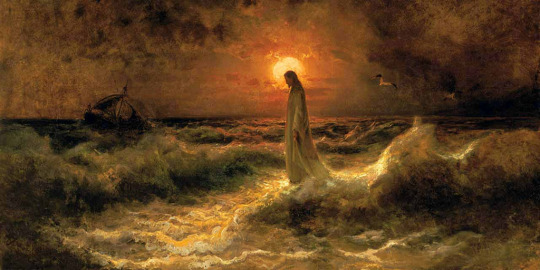
Christ Walking on Water, Julius von Klever, ca. 1880
#art#art history#Julius von Klever#religious art#Biblical art#Christian art#Christianity#New Testament#Gospels#Miracles of Christ#Romanticism#Romantic art#Estonian art#German-Estonian art#19th century art#oil on canvas
3K notes
·
View notes
Text
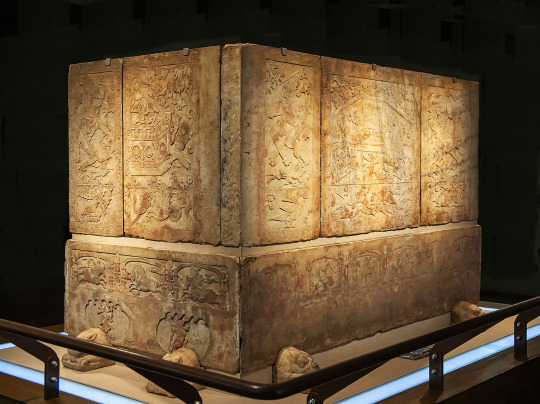

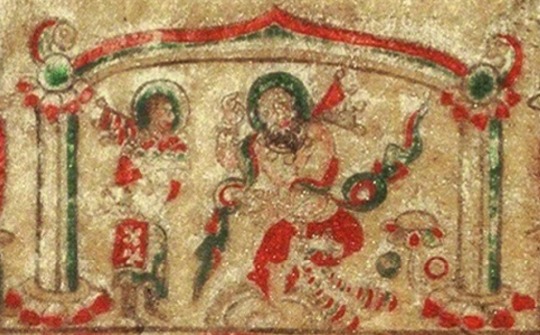

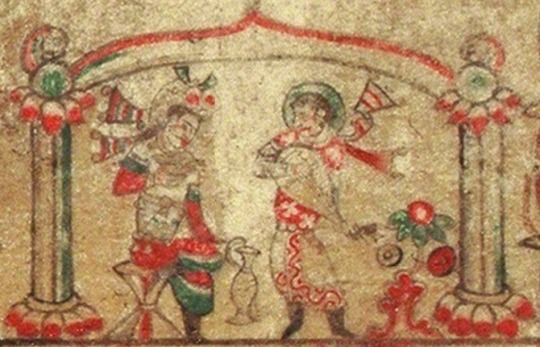




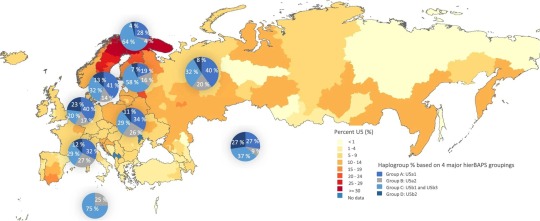
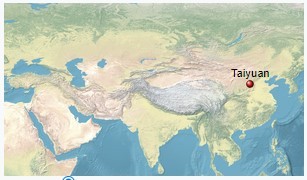
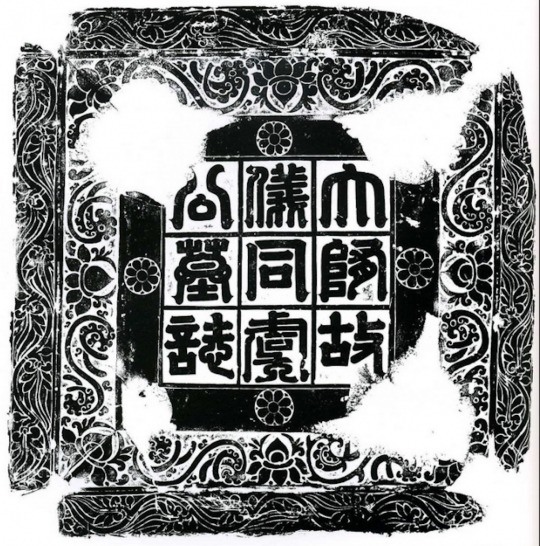
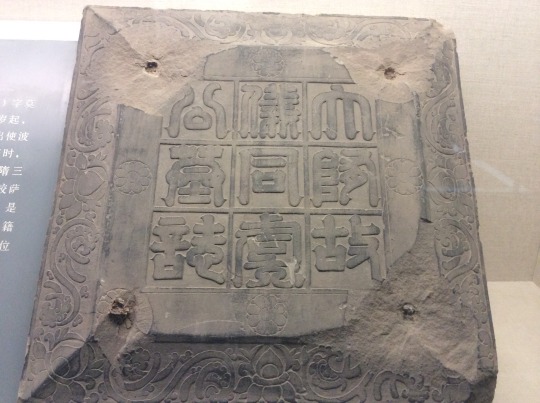

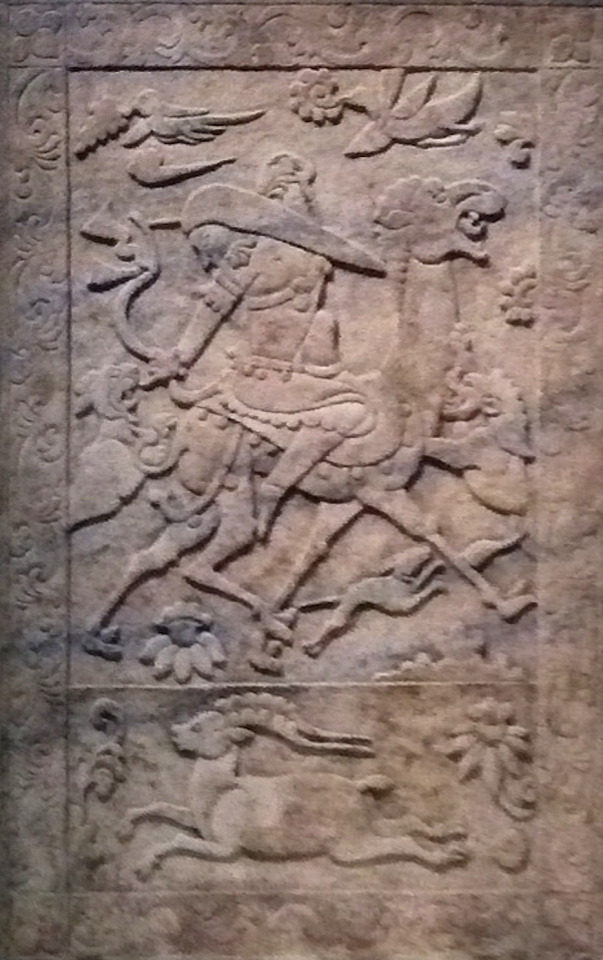
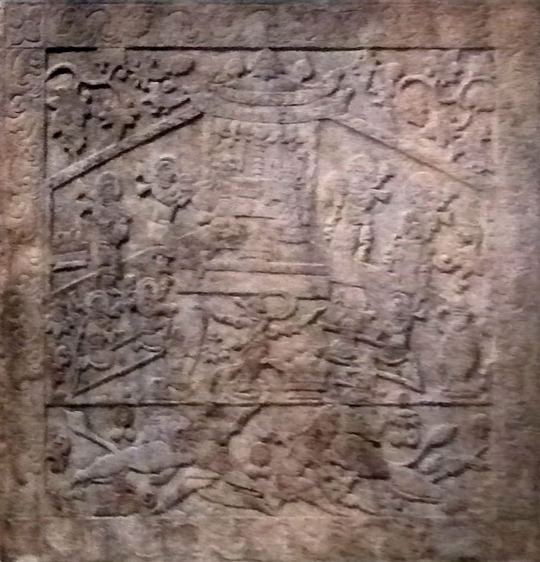
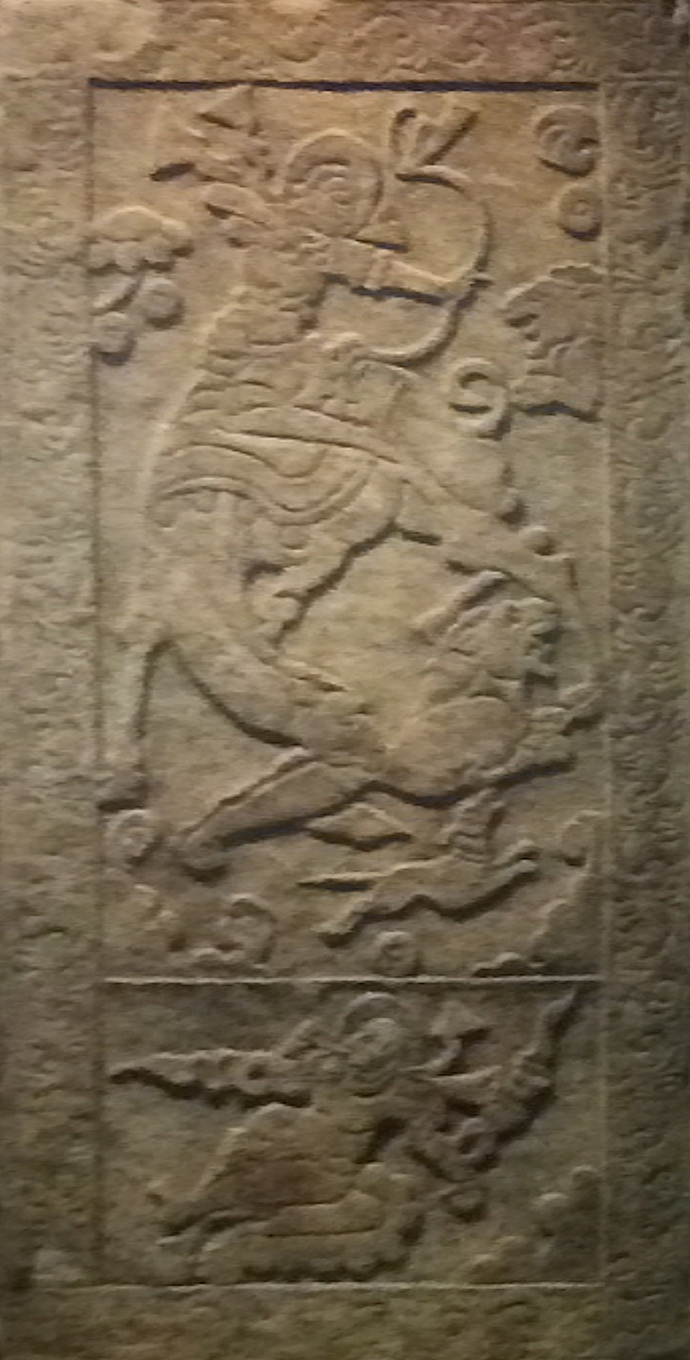
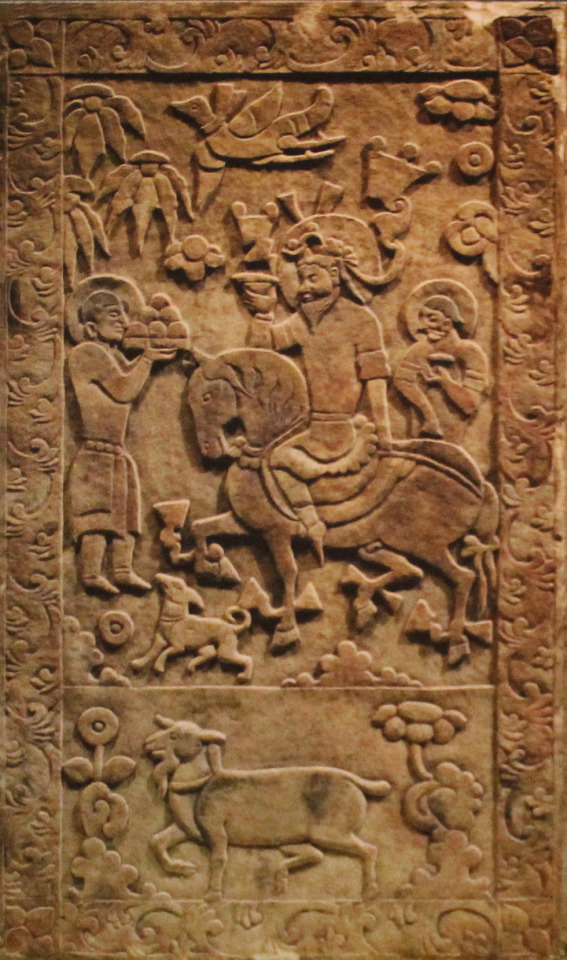
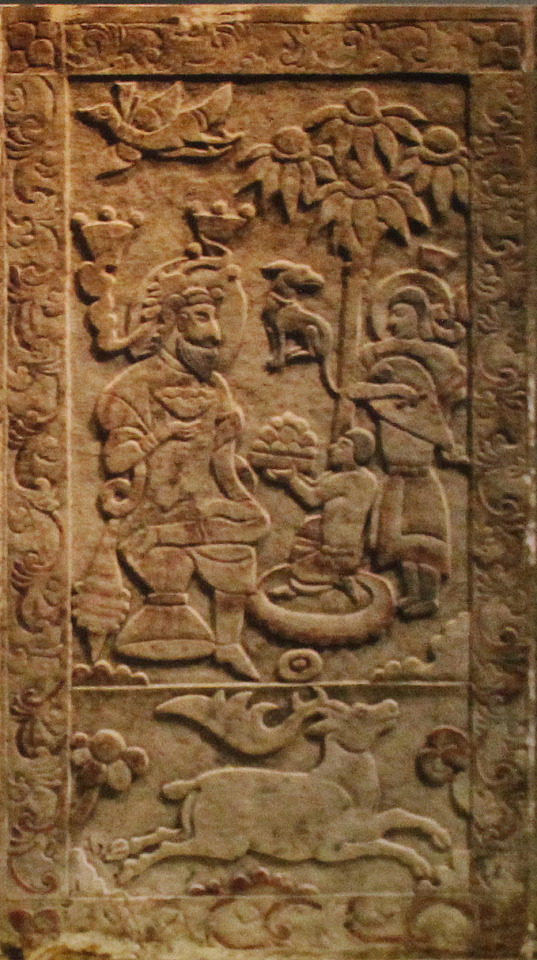
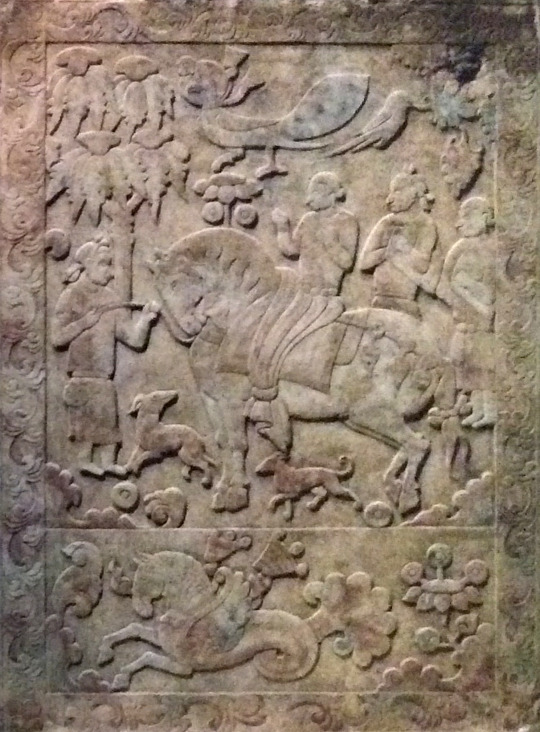
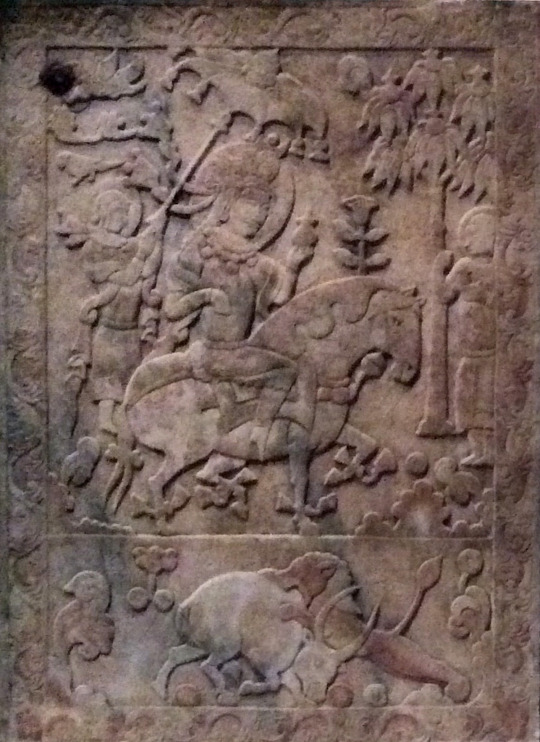
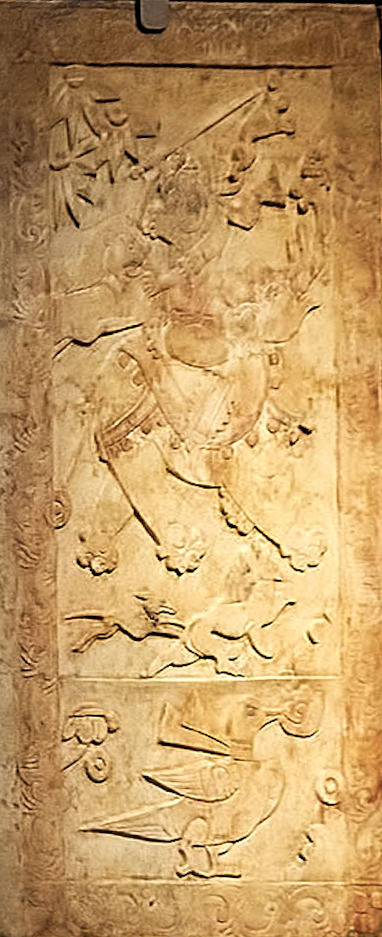
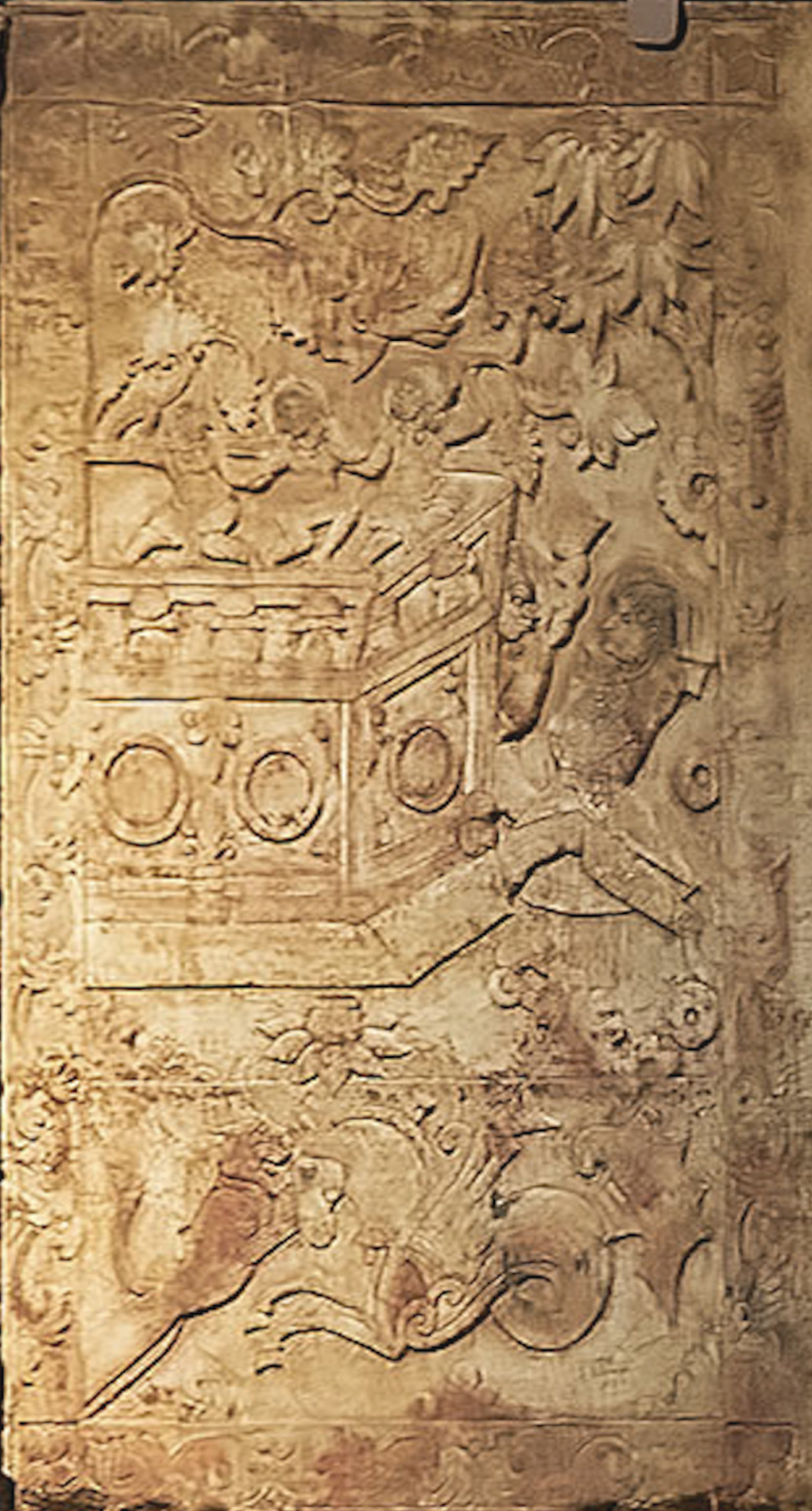

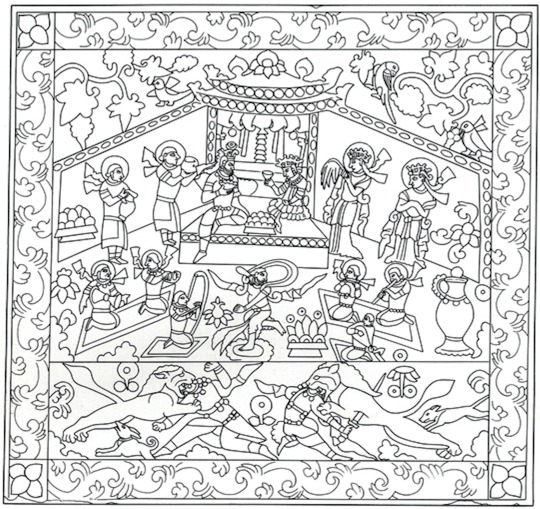
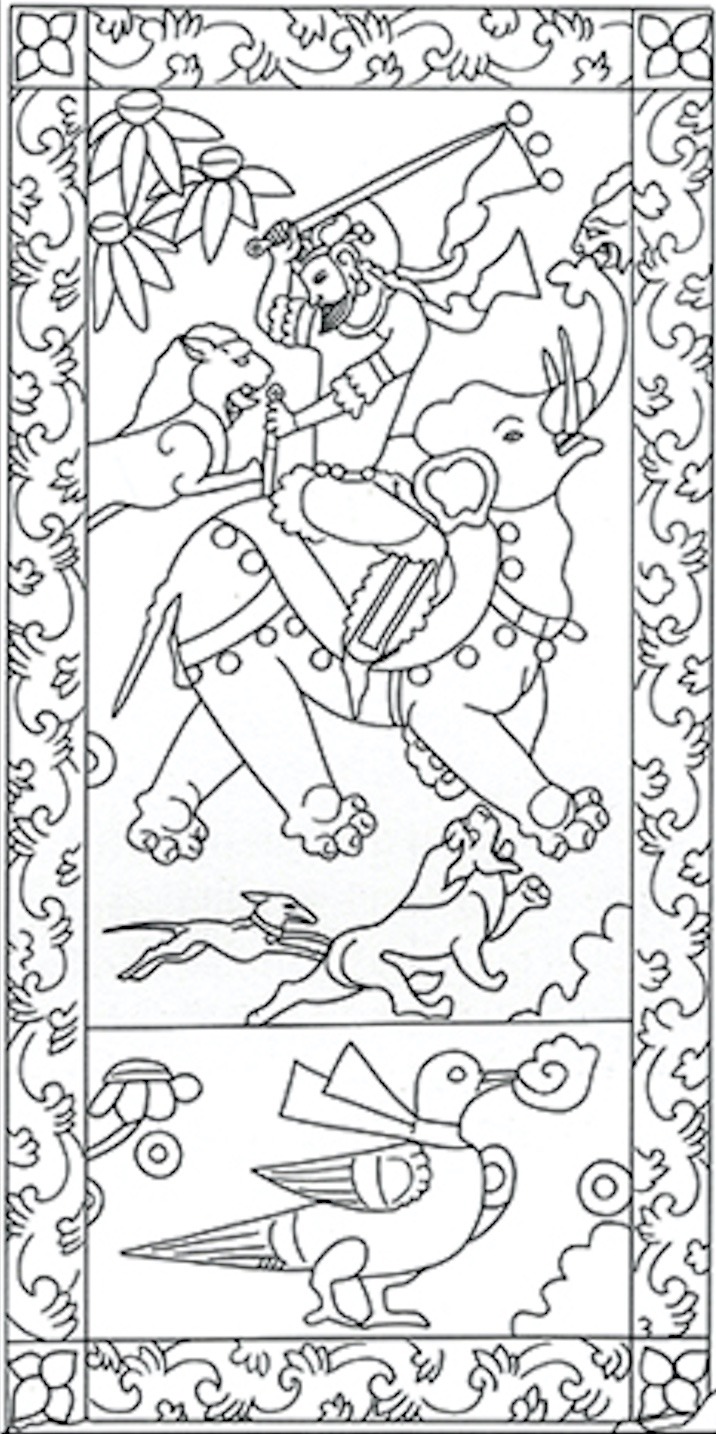
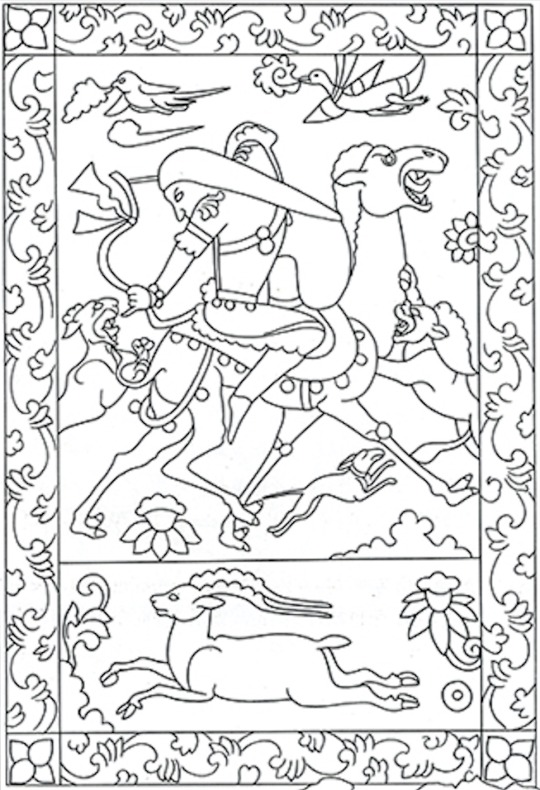



Tomb of Yu Hong 592-598 CE. Link to my blog at bottom with more sources and description of individual images.
This is probably a Sogdian tomb. Interestingly, the man has a haplogroup that was widespread amongst the blue-eyed Mesolithic/Neolithic Western Hunter Gatherers (WHG are probably where blue eyes originated from) and the haplogroup is found today most prominently in Sami, Finns, and Estonians. His wife has a haplogroup found prominently amongst East Asians. Based on her East Asian origins and the inclusion of some Turkic-looking people in the tomb's artwork I would assume she was probably a Turk, herself. The long-haired men without halos (e.g. panel 4) are probably Turks, that was a typical appearance for them during this time period. Men from other surrounding populations such as the Sogdians, Huns, Tocharians, etc. typically kept shorter hair that didn't go past their shoulders. More info:
"The man buried in the tomb went by Yu Hong (Chinese: 虞弘; pinyin: Yú Hóng; Wade–Giles: Yü Hung; 533–592 AD), with Mopan (莫潘) as his courtesy name, who was a Central Asian, probably of Persian or Sogdian origin, and practiced Zoroastrianism. He had settled in Early Middle Period China during the Northern Qi, Northern Zhou and Sui dynasties. This tomb is so far the only archaeological find in the Central Plains region that reflects Central Asian (Western Regions) culture. The epitaph found in the tomb records that he was a noble of the city of Yü-ho-lin / Yuhelin (尉紇驎) in the mysterious Yu country (魚國), assumably for which he is named, because the two characters 虞 and 魚 are homophones.
According to the epitaph, Yu Hong started his career in service of the nomadic tribe at the time, known as Ruru. At the age of 13, he was posted as an emissary to Persia by the Khagan of Ruru, as well as Parthia, Tuyuhun and Yuezhi. Later he went on a mission to the Northern Qi, Northern Zhou and Sui dynasties. He served as chien-chiao sa-pao fu / jianjiao sabao fu (檢校薩保府, lit. “acting director of the office of Zoroastrian affairs”, or “Sogdian affairs”) during the Northern Zhou period. The term sa-pao / sabao (薩保) comes from the Sogdian s′rtp′w, means a “caravan leader”.
He had later served as a provincial governor in the Sui dynasty government, a chieftain of the Central Asian people who had settled in China during that period. Yu Hong died at the age of 59 in 592 AD. His wife survived him by six years, and was buried in the same grave in 598 AD.
A study on ancient DNA reveals that Yu Hong belonged to the haplogroup U5, one of the oldest western Eurasian-specific haplogroups, while his wife can be classified as haplogroup G, the type prevalent in East Asia.
The age of U5 is estimated at between 25,000 and 35,000 years old, roughly corresponding to the Gravettian culture. Approximately 11% of Europeans (10% of European-Americans) have some variant of haplogroup U5.
U5 was the predominant mtDNA of mesolithic Western Hunter Gatherers (WHG) [this is where blue eyes probably originated from].
U5 has been found in human remains dating from the Mesolithic in England, Germany, Lithuania, Poland, Portugal, Russia, Sweden, France and Spain. Neolithic skeletons (~7,000 years old) that were excavated from the Avellaner cave in Catalonia, northeastern Spain included a specimen carrying haplogroup U5.
Haplogroup U5 and its subclades U5a and U5b today form the highest population concentrations in the far north, among Sami, Finns, and Estonians. However, it is spread widely at lower levels throughout Europe. This distribution, and the age of the haplogroup, indicate individuals belonging to this clade were part of the initial expansion tracking the retreat of ice sheets from Europe around 10,000 years ago.
U5 was the main haplogroup of mesolithic European hunter gatherers. U haplogroups were present at 83% in European hunter gatherers before influx of Middle Eastern farmer and steppe Indo-European ancestry decreased its frequency to less than 21%.
Today, haplogroup G is found at its highest frequency in indigenous populations of the lands surrounding the Sea of Okhotsk. It is an East Asian haplogroup. Haplogroup G is one of the most common mtDNA haplogroups among modern Ainu, Siberian, Mongol, Tibetan and Central and North Asian Turkic peoples people (as well as among people of the prehistoric Jōmon culture in Hokkaidō). It is also found at a lower frequency among many other populations of East Asia, Central Asia, Bangladesh, Sri Lanka, and Nepal. However, unlike other mitochondrial DNA haplogroups typical of populations of northeastern Asia, such as haplogroup A, haplogroup C, and haplogroup D, haplogroup G has not been found among indigenous peoples of the Americas."
-taken from Wikipedia
#sogdiana#indo european#ancient china#ancient history#antiquities#history#art#museums#sculpture#statue#ancient#turkic#eurasian#finnish#estonian#finno ugric#genetics
137 notes
·
View notes
Text

Estonian youth after confirmation,Pechory (1930s)
#Россия#Russia#vintage#photography#Eesti#Estonia#Христианство#Christianity#Католицизм#Catholicism#religion#christian faith#confirmation#religious#christian#catholic#Печоры#Pechory#эстонцы#eestlased#estonians#estonian#Eastern Europe#photo#history#people#Europe#photos#beauty#1930s
17 notes
·
View notes
Text

Portrait of Eugen Schäfer by Ants Laikmaa (1906). Art Museum of Estonia.
#ants laikmaa#art museum of estonia#marie under#estonian art#estonian artist#estonia#estland#male portrait#male portrayal#20th century art#20th century#early 20th century#early 1900s#historical fashion#fashion#1900s fashion#1900s art#1900s style#edwardian#1900s#circa 1900#europe#european art#russian empire#europa#northern europe#baltic countries#painting#art history#history of art
15 notes
·
View notes
Text
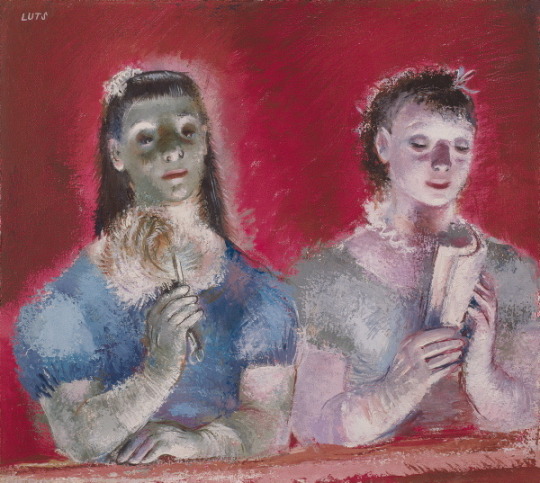
Karin Luts
Comédie-Française
1939
#karin luts#art history#aesthetictumblr#portrait#tumblraesthetic#tumblrpic#estonian art#eastonian artists#women painters#women artists#tumblrstyle#tumblr art#tumblrposts#tumblrlove#modern art#beautiful
12 notes
·
View notes
Text
I lose my faith in humanity each time I see something like this

Communism was SO MUCH worse, it was literally the worst that any russian neighbor had experienced. Communism did unite people - but only against itself. Isn't it ironic, how people call nazi literally any country next to russia, but not russia itself?
#even Americans who don't know anything about the history of next to r*ssia countries - even they notice something unites e.g.#estonians and ukrainians#it's hatred to russia and communism#my god we hate so much#communism killed so many our loved ones SO MANY#imagine your whole family was killed and raped by communists#and then german soldiers come and say 'we will win over russia'#and say 'hey you can help us'#it's a manipulation and it's effective#imagine decades later you are being called a nazi because you fought against communism#i wonder if there are people who understand what im talking about
20 notes
·
View notes
Photo








Rakvere, Estonia
#rakvere#estonia#architecture#photography#history#history lover#wanderlust#hiking adventures#travel destinations#places worth visiting#beautiful destinations#a game of tones#church#town#city#estonian#original photography#original photographers#photographers on tumblr#lensblr#pws#nikon z#darktable
44 notes
·
View notes
Photo

Paks Margareeta (Fat Margaret) tower in Tallinn, Estonia, December 5, 2022. Photo by D.P.
Nowadays, the tower is home to Estonian Maritime Museum
#Estonia#Tallinn#Fat Margaret#european history#street photography#defense of europe#fortress#medieval city#Baltic States#original photography on tumblr#Northern Europe#tower#winter#estonian maritime museum#free world
50 notes
·
View notes
Text
in a better world all the true crime groupies would be oversharing about the Voitka brothers. estonian anarchists who lived 10+ years in the woods to avoid mandatory enlisting to the soviet army. attractive in a weird way, tragic, hate the police, reppin that whole survivalist beast aesthetic. their re-integration to society is really complicated and touching to follow in the movie made of them. new light on this case would maybe also be beneficial to them as i couldn’t find info on if aivar is still institutionalized.


#i relate deeply to the romantisation estonian people bestoved upon these guys.#it becomes pretty clear in the documentary that the whole case is way more conplicated than the hero myth.#but god is it powerful. the letter they send to the authorities the dialog with an older forest brother.#the symbol of slow. relentless willpower characterised as the core of finnish - baltic nations. it does raise something in the hearts of#hearts.#voitka brothers#history#my post
2 notes
·
View notes
Text
DR. JOSEPHINE SERRE // DENTIST
“She was the first female dentist in Estonia. In 1814 she became the first woman to receive a dentistry degree from the University of Tartu. Her daughter Marie-Louis Serre later graduated with a dentistry degree in 1829 from the same university.”
0 notes
Text

i was gonna make this post on twitter but then reconsidered
got a google maps mail and opened it for something else, then remembered an older dpcumentary about our finno-ugric cousins a little bit further north. and it reminded me of this one area near the border that I noticed in that doc. just sorta sad to think abt how many areas used to be "ours" and u can obviously tell that some of these were once "ours" and now it's not even independent or anything.
#like that area in the middle is obviously “Vanaküla”#but it hasn't been that for a while#ill have to look up the history again but it could be literally any reason or time I'm thinking of that this was “lost”#it could also be that this is just the name it had from the locals who are mixed or non-estonian finno-ugrics#random thoughts#aghhtposts
1 note
·
View note